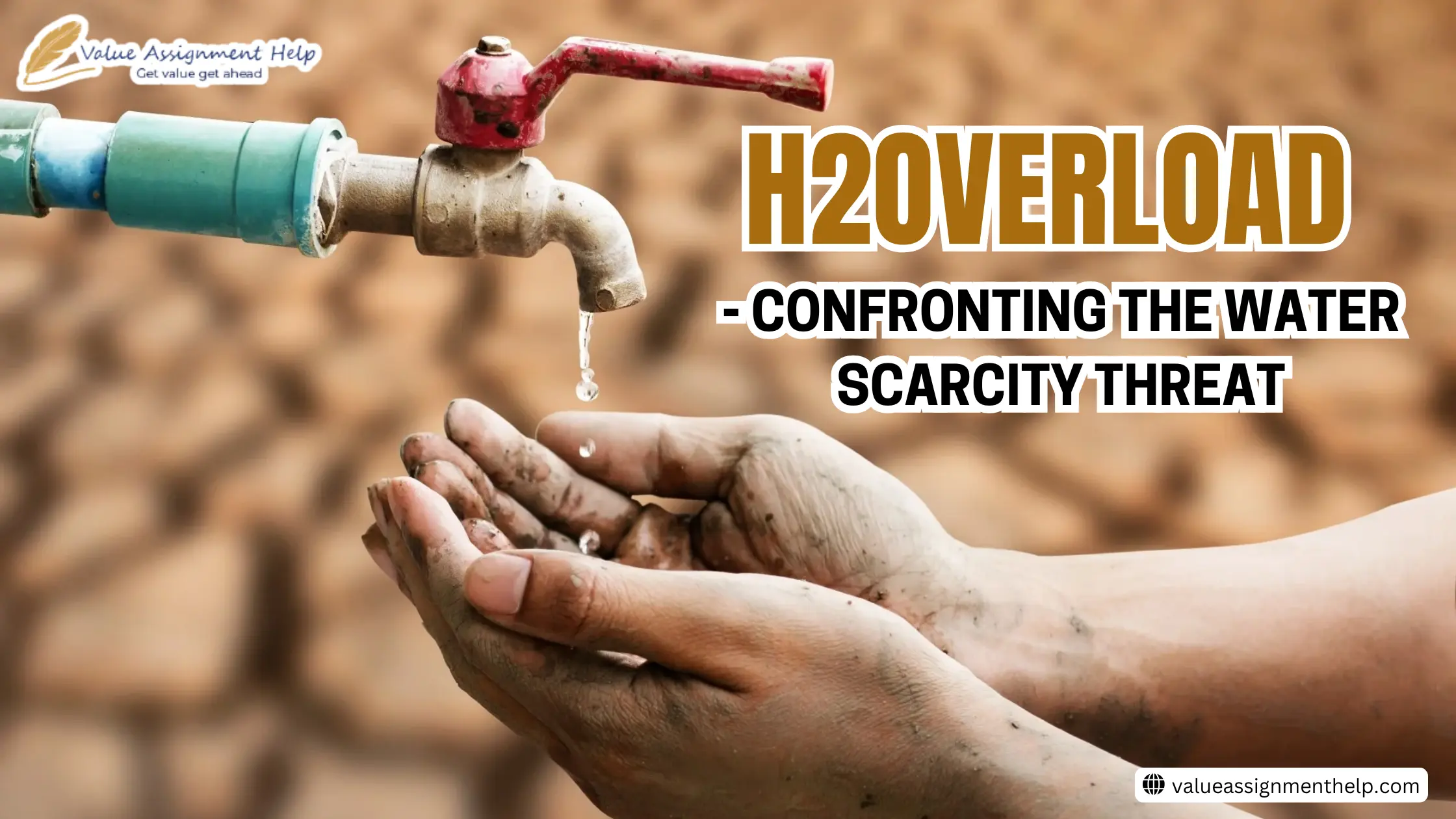Assignment
Achievement
Hire Experts
Reviews
Free Services
Grades
Offers
Order Now
50,000+
Orders Delivered
4.9/5.0
Star Rating
4000+
PhD Experts
24 x 7
Query Resolution
100 +
Subjects Catered
Our Experts
Reviews
Free Assignment Services
☞Title Pages - 100 Words
$05.00 free
☞Downloading Free Guide
$20.00 free
☞Upload Completed Tasks
$20.00 free
☞Genuine Content Report
$20.00 free
☞Consultation By Experts
$06.00 free
☞Unrestricted Revisions
$10.00 free
☞Grammar Check for Task
$25.00 free
☞Plagiarism Inspections
$25.00 free
Book Now and get Free Services Upto $0.00
Grades
Offers

1. PLACE YOUR ORDER
Whenever you fill out their order form, please read it carefully and then fill it out.

2. MAKE PAYMENT
Choose our secure payment method to pay for your order and collect your order from us with security.

3. GET YOUR DOCUMENT
Our writers write you plagiarism-free assignments and provide them to you before the deadline.
Our Experts

Search Assignments

Customers Reviews
Admired and envied- there was a time when mobile phones were considered a status symbol. Unlike today, when smart phones are practically glued to everyone hands, mobile phones once were a subject of admiration and curiosity.
But as we progressed, mobile phones became smart phones, which have now evolved to ‘fast-tech’. Undeniably, they have brought comfort and convenience; but also brought addiction, microscopic attention span, and mountains of e-waste. It’s amusing how progress unfolds.
The latest statistics paint a horrifying picture. By the end of the 2030, we would have produced around 70 billion metric ton of e-waste- which is equal to 70 trillion kilograms.
Majority of this waste is produced by fast tech. For example, in UK, 90% of the total e-waste in the land fields came from fast-tech alone.
_1726741682.png)
In the year 2022 alone, more than 5 billion mobile phones became e-waste, the International Waste Electrical and Electronic Equipment (WEEE) forum reported.
The root cause of this trend is Consumerism, Ever-evolving tech sector, societal expectations, and manufacturers bombarding consumers with multiple options.
Apple, the largest smartphone producer in the world has also a major influence on this trend.
For the past 17 years, Apple annually releases new iPhones. In September 2024, Apple unveiled its latest iPhone 16 series. Apple claims that the phones are made from 30% recyclable materials which are why it is sustainable and environmental-friendly choice.
These facts generalizes the misconception that launching and buying new phones is sustainable- which in reality is the opposite. Out of 2.28 billion iPhones sold globally, only 20% are made from recyclable materials.
This article sheds light on this very paradox, where, on the one hand, brands promote sustainability and yet pushes newer model each year in the market.
When Steve Jobs introduced the first iPhone in 2007, calling it a "game-changer," he likely didn't foresee it contributing to rampant consumerism, minimal innovation, massive e-waste generation, and the depletion of key minerals.

Apple's yearly upgrades push Apple to launch phones with little improvement. Over the years, Apple has been criticized for a lack of innovation and minimal upgrades in their phones. The same opinion remains for the latest iPhone 16 series and its predecessors.
So, one might wonder, why do users upgrade their phones then?
To convince users to buy new devices, with every launch, the older versions are slowly sidelined, where they receive fewer updates and have limited app availability.
Major tech companies, such as Apple, boast about their sustainable practices and recycling effort. Companies also commit to sustainability goals wherein Apple plans to eliminate plastic packaging by next year and become carbon neutral by 2030—all while remaining profitable.
However, releasing new iPhone each year is contradictory to sustainability efforts. Globally, mobile phones generate around 45 million tons of e-waste each year, out of which only 16% is salvaged. Amid this, bombarding markets with frequent upgrades with minimal innovation contributes to the greater problem- e-waste.
There is another shocking fact. The key Supplier of Apple, Taiwan Semiconductor Manufacturing Company (TSMC) is the second largest e-waste producer in the world. Samsung is number one.
Tim Cook, the CEO of Apple, was asked about the environmental impact of releasing new iPhones each year. He implied that the Annual release of new iPhones is sustainable since Apple recycles its users' older phones.
However, due to compatibility problems between phones made by different manufacturers, Apple can only reuse and recycle old iPhones and not just any mobile phone. Since different manufacturers use different materials and technologies, their cross-brand usage becomes limited. This also highlights the larger disparity between one company being sustainable and the entire mobile industry becoming sustainable.
The recycling and repurposing of mobile phones have become a new global challenge as smartphones have become obsolete for the first time since their inception.
We lack infrastructure, resources, or knowledge of smartphone recycling, so we end up throwing them. The manufacturing of smartphone is another elephant in the room.
It accounts for approximately 85% of a device's total carbon footprint. The process demands large amounts of energy and extraction of metals. This in turn leads to deforestation, water pollution, and human rights violations in mining regions. The research also shows that slimmer smartphones are harder to disassemble and recycle.
Despite this, we are tempted to upgrade our phones every two- three years.
The average replacement cycle of a mobile phone is just 3.6 years- which when compared to average life expectancy of human show that an average human buys 15 phones in their entire life.
Hence, we must focus on increasing the lifespan of smartphones, which will result in reducing the overall environmental impact of these products. Research suggests that increasing a smartphone's lifespan by just 33% could prevent carbon emissions equivalent to the annual output of a country like Ireland.
While Apple is committed to reducing its environmental footprint through recycling and carbon-neutral initiatives, but the frequency of its new releases contradict these efforts in our opinions. By extending the lifespan of each device, Apple and other smartphone manufacturers could drastically reduce the issue of e-waste.
Consumers, on the other hand, must also understand their responsibility towards the environment and minimize e-waste generation.
Disclaimer: all content and intellectual property remain the exclusive property of value Assignment Help




No Comments